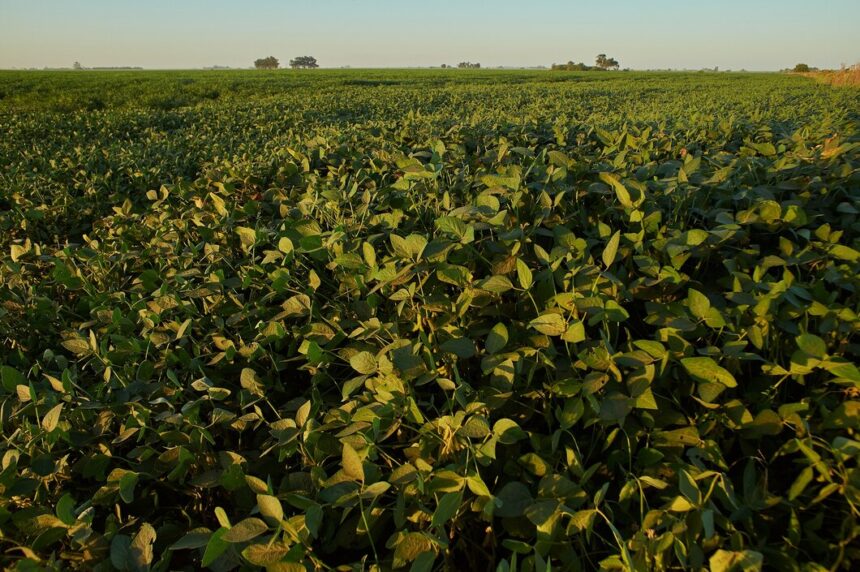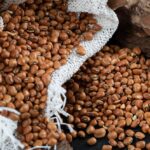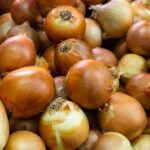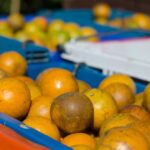Soybean rust is a destructive fungal disease that can significantly reduce soybean yields if not managed promptly. Identifying the early signs of soybean rust is crucial for implementing effective control measures and minimizing crop damage. Here are ten early signs to watch for:
- Leaf Lesions: The most characteristic symptom of soybean rust is the appearance of small, yellowish lesions on the upper surface of soybean leaves. These lesions may initially appear as tiny, pale spots and gradually develop into larger, tan to reddish-brown lesions as the disease progresses.
- Underside Lesions: In addition to lesions on the upper leaf surface, soybean rust also produces distinctive lesions on the underside of leaves. These lesions are typically darker in color and may be surrounded by a yellow halo.
- Pustules: As the soybean rust infection advances, tiny, raised pustules containing spores of the fungus may develop within the lesions. These pustules often give the underside of the leaves a dusty or powdery appearance.
- Leaf Discoloration: Infected soybean leaves may exhibit general discoloration, turning yellow or chlorotic as the disease progresses. This discoloration is often more pronounced around the lesions and may spread to adjacent leaf tissue.
- Leaf Curling: Soybean rust infection can cause affected leaves to curl or cup upwards, a phenomenon known as leaf curling. This curling may occur in response to the presence of fungal pustules or as a result of damage to leaf tissue.
- Premature Leaf Drop: Severe soybean rust infections can lead to premature defoliation, where infected leaves drop from the plant prematurely. This can result in significant yield loss, as leaves are essential for photosynthesis and pod development.
- Stem Lesions: In some cases, soybean rust may also infect soybean stems, causing lesions or discoloration on the stem surface. These lesions may appear as reddish-brown streaks or spots and can weaken the stem structure.
- Pod Lesions: Advanced stages of soybean rust infection may lead to the development of lesions on soybean pods. These lesions can affect pod development and seed quality, ultimately reducing yield potential.
- Spore Production: Under favorable environmental conditions, soybean rust may produce large quantities of spores, which can be dispersed by wind or rain to neighboring plants. Monitoring for spore production can help assess disease severity and guide management decisions.
- Field History: Finally, knowledge of the disease history in your area and neighboring fields can be valuable for early detection of soybean rust. Regular scouting and monitoring of soybean fields, especially during periods of high humidity and favorable weather conditions for disease development, can help detect soybean rust at an early stage.
Early detection of soybean rust is essential for implementing timely control measures and minimizing yield loss. By familiarizing yourself with the early signs of soybean rust and regularly monitoring soybean fields for symptoms, you can effectively manage the disease and protect your soybean crop from damage. Consult with local agricultural extension services or agronomists for guidance on soybean rust management strategies tailored to your region and specific circumstances.







